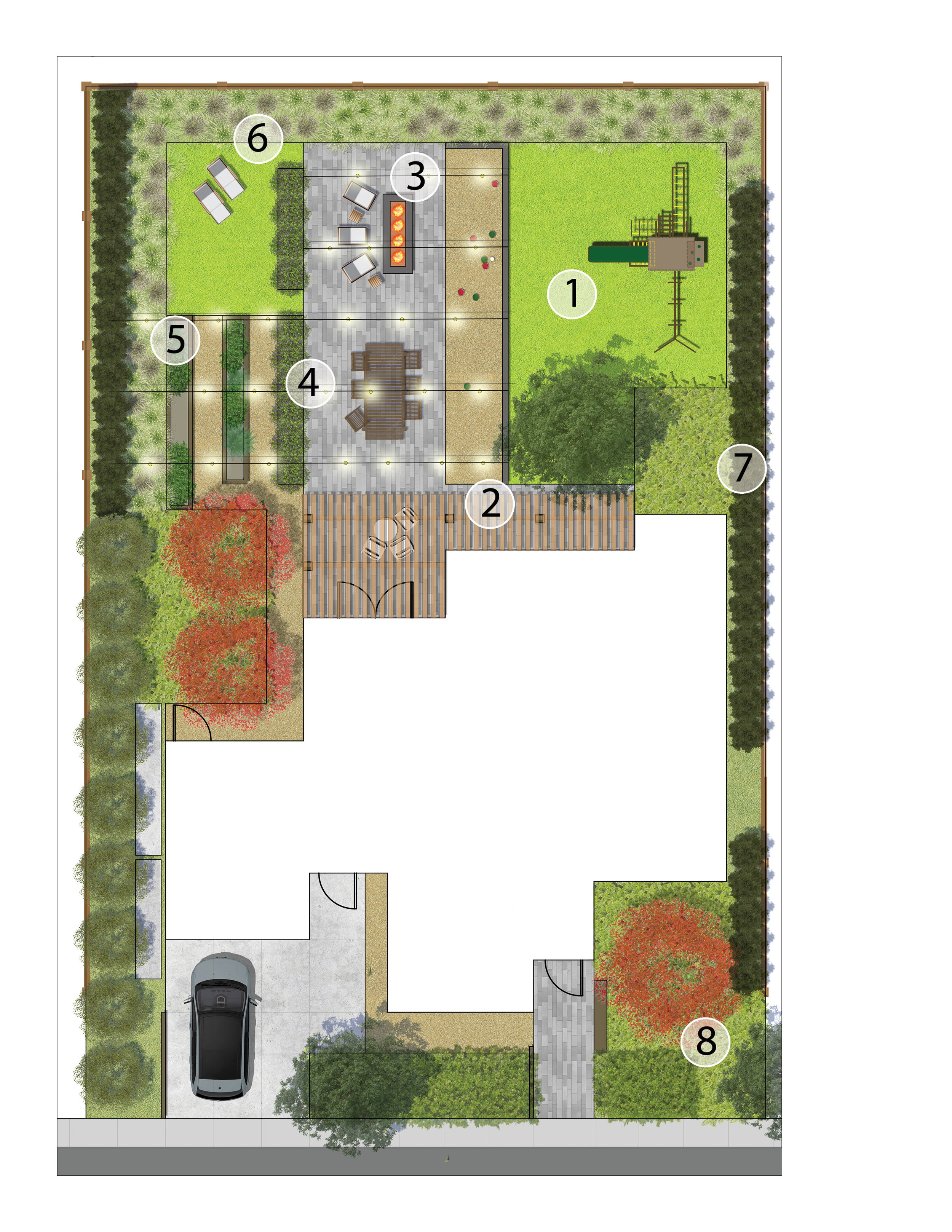Unknown Facts About Hilton Head Landscapes
Unknown Facts About Hilton Head Landscapes
Blog Article
Hilton Head Landscapes - Truths
Table of ContentsWhat Does Hilton Head Landscapes Do?An Unbiased View of Hilton Head Landscapes9 Easy Facts About Hilton Head Landscapes DescribedMore About Hilton Head LandscapesFascination About Hilton Head LandscapesExcitement About Hilton Head LandscapesAbout Hilton Head Landscapes
Line develops all types and patterns and can be made use of in a selection of methods in the landscape. Line in the landscape is produced by the side between 2 materials, the synopsis or silhouette of a form, or a long direct function. Lines are an effective tool for the designer because they can be utilized to develop a limitless range of shapes and forms, and they control motion of the eye and the body.

Lines can have several qualities, such as those defined below, yet they usually offer different functions. Figure 1. Lines in the landscape - landscapers in bluffton sc. The properties of lines identify how individuals respond to the landscape, both psychologically and physically. Straight lines are structural and strong; they produce a formal personality, are typically connected with an in proportion layout, and lead the eye straight to a prime focus.
Getting The Hilton Head Landscapes To Work
Rounded lines develop an informal, all-natural, unwinded character that is connected much more with nature and unbalanced equilibrium. Rounded lines move the eye at a slower rate and add enigma to the space by producing covert views.
Upright lines in the landscape consist of high, slim plant product, such as trees, or high frameworks, such as an arbor or a bird residence on a post. Horizontal lines move the eye along the ground plane and can make a space really feel bigger. Low lines are a lot more restrained and develop a sensation of remainder or repose.
The smart Trick of Hilton Head Landscapes That Nobody is Talking About
Low lines are developed by low garden wall surfaces, sidewalks, and brief hedges. Lines are utilized to draw types on a plan. In plan sight, they specify plant beds and hardscape areas. Lines are likewise created by the upright forms of developed attributes and plant product. There are three primary line types that produce type in the landscape: bedlines, hardscape lines, and plant lines.
Bedlines attach plant material to your home and hardscape since the eye complies with the line, relocating the gaze with the landscape. Hardscape lines are produced by the edge of the hardscape, which delineates the developed structure. Line can also be developed by long and narrow products, such as a fence or wall.
Examine This Report about Hilton Head Landscapes
Type is discovered in both hardscape and plants, and it is commonly the dominant visual aspect that spatially arranges the landscape and typically establishes the style of the garden. The kind of frameworks, plant beds, and yard ornaments likewise figures out the total type motif of the yard. Formal, geometric kinds consist of circles, squares, and polygons.
Plants create form in the yard with their outlines or silhouettes, but type can likewise be specified by a gap or adverse area in between plants - landscape design hilton head (https://www.goodreads.com/user/show/179629915-steven-gonzales). Circles can be full circles, or they can be divided right into fifty percent circles or circle sections and integrated with lines to develop arcs and tangents
Fascination About Hilton Head Landscapes
Circles are a strong style type since the eye is always attracted to the center, which can be used to stress a focal factor or link other kinds. Circular kinds in hardscape and grass panels.
The square form can also be segmented and used repetitively to create a grid pattern. Unlike circles, squares are more powerful on the edges, which can be lined up or overlapped to produce unique patterns and more complex forms.
Meandering lines typically resemble the natural course of rivers or streams and can be referred to as smooth lines with deeply rounded undulations. Twisting lines (Number 3) function well for paths, plant bedlines, and dry stream beds. Meandering lines can include passion and secret to a garden by leading audiences around edges to uncover brand-new sights and rooms.
Some Known Facts About Hilton Head Landscapes.

Figure 5. Fragmented edges: tipping stones in pathway. Form is the most enduring quality of a plant (Landscapers near me). https://h1tnhdlndscps.carrd.co. Usual plant types are well developed and standardized, as kind is the most regular and well-known characteristic of plants. Type can additionally be developed via the massing of plants, where the overall mass produces a various form than a private plant.
A highly contrasting type has to be used with careone or two job well as a prime focus, but a lot of create mayhem. Natural plant types, instead of over-trimmed kinds, ought to develop the mass of the make-up. The relevance of general type is a lot more or less depending on the checking out perspectivethe kind of a tree can show up rather various to an individual standing under the cover versus checking out the tree from a range in an open area.
The Buzz on Hilton Head Landscapes
Plant types likewise produce and define the void or open spaces in between the plants, look at this site producing either convex or concave types in deep spaces. High-arching tree branches generally create a concave open room under the branches, and a round canopy with reduced branches fills the room to create a convex form in the open room under the tree.

Report this page